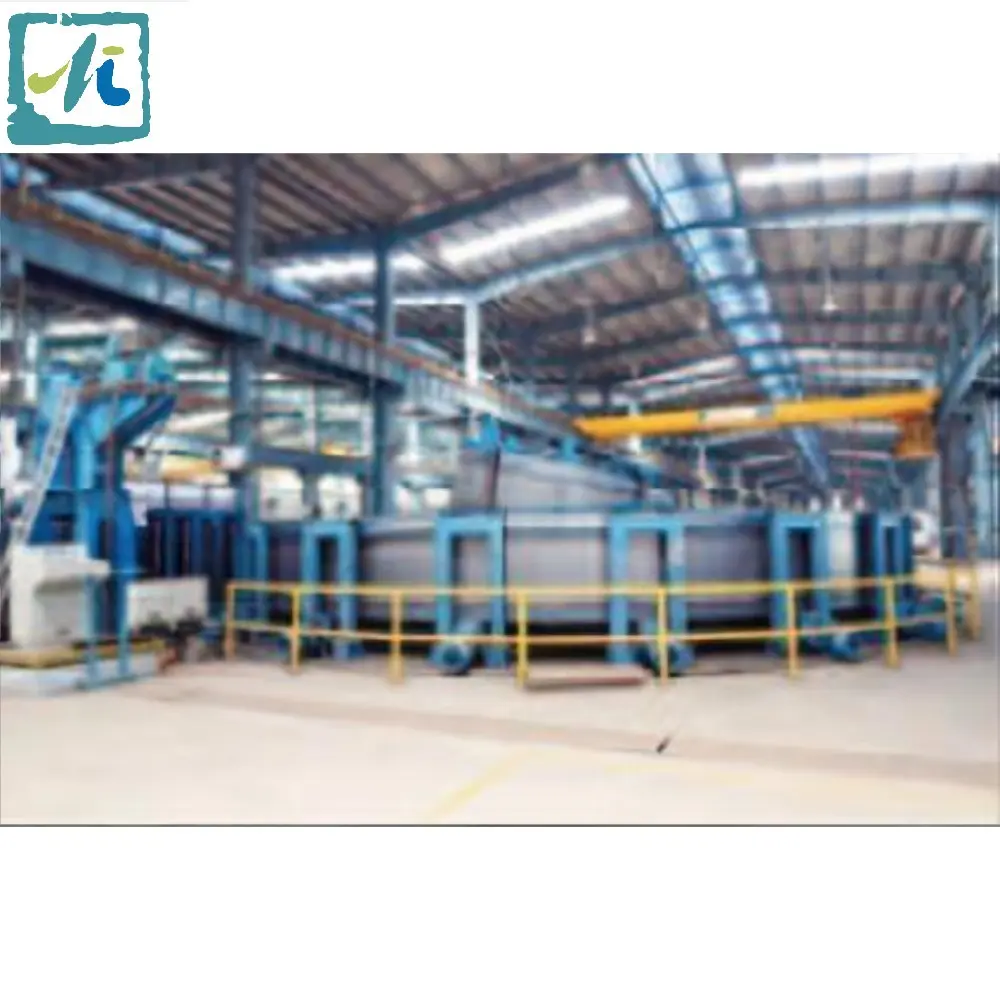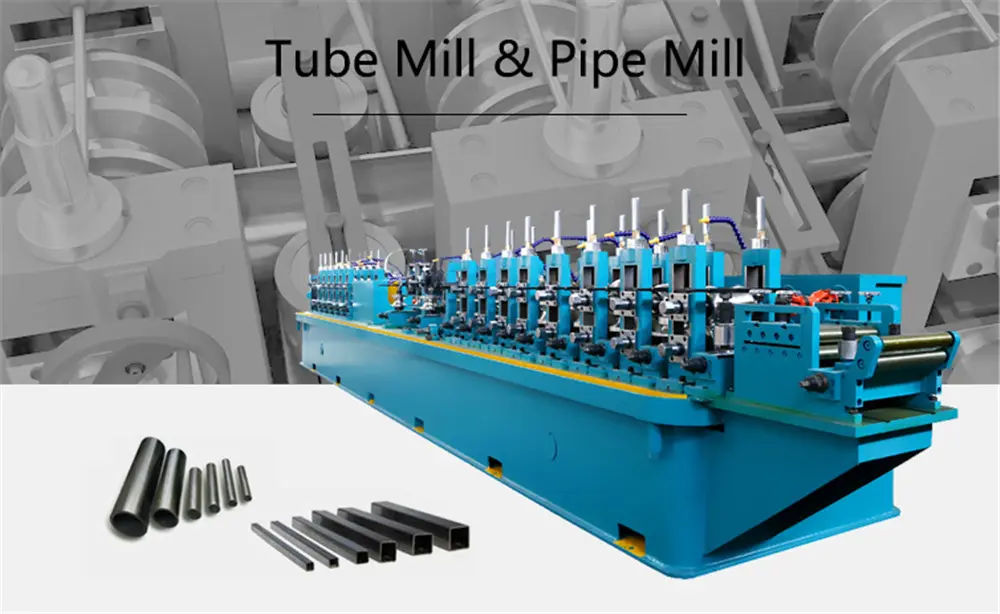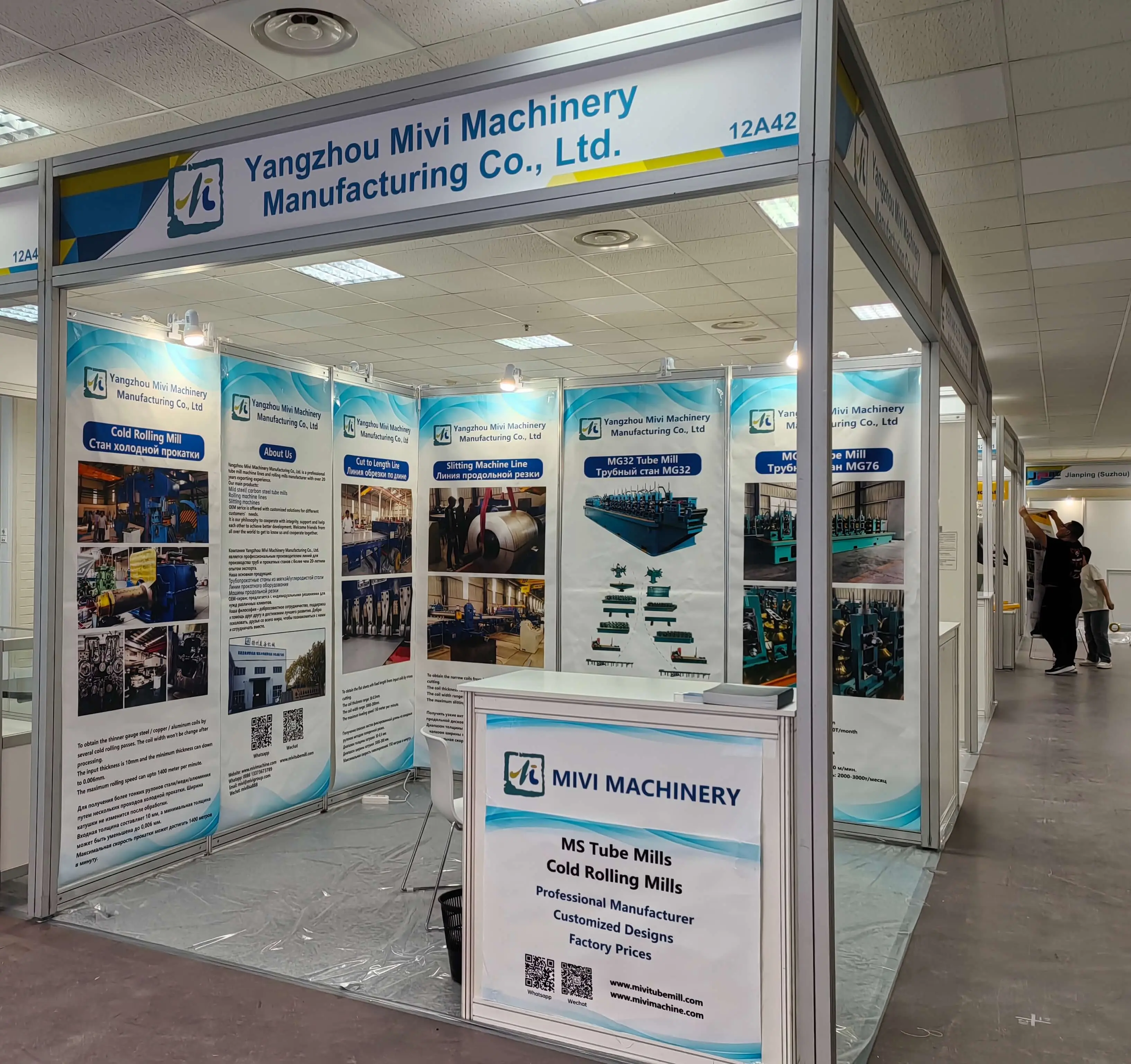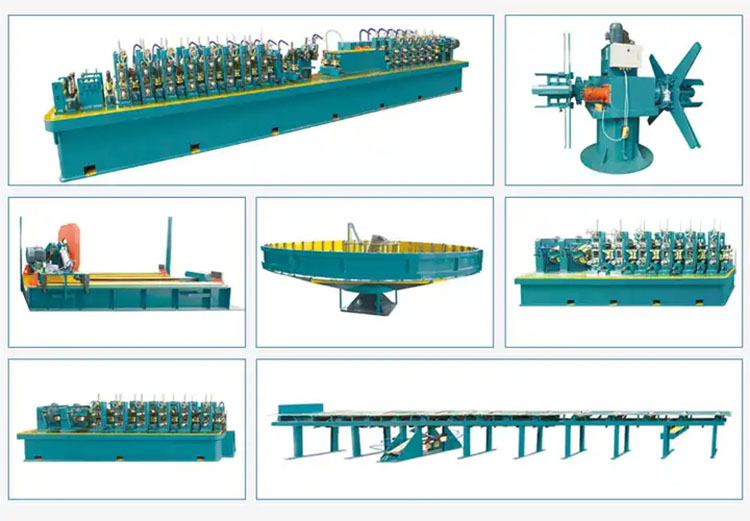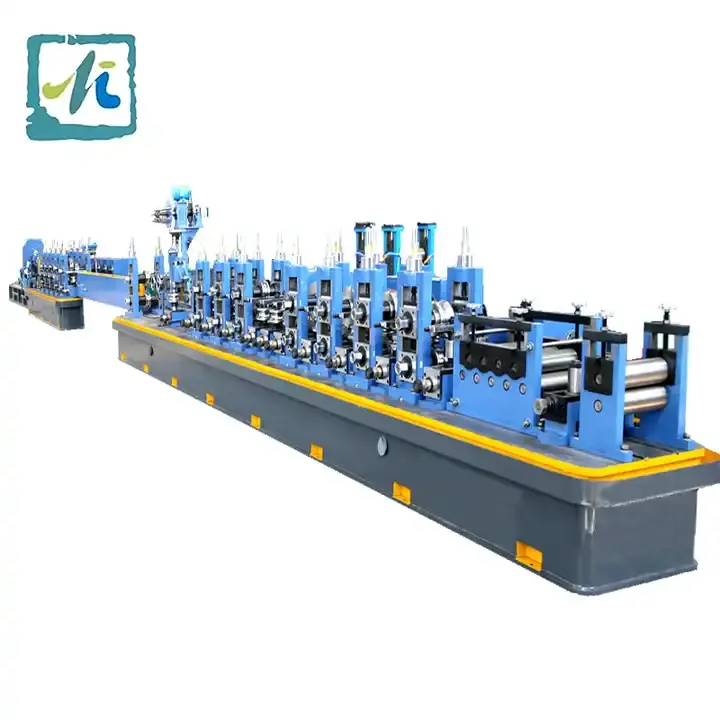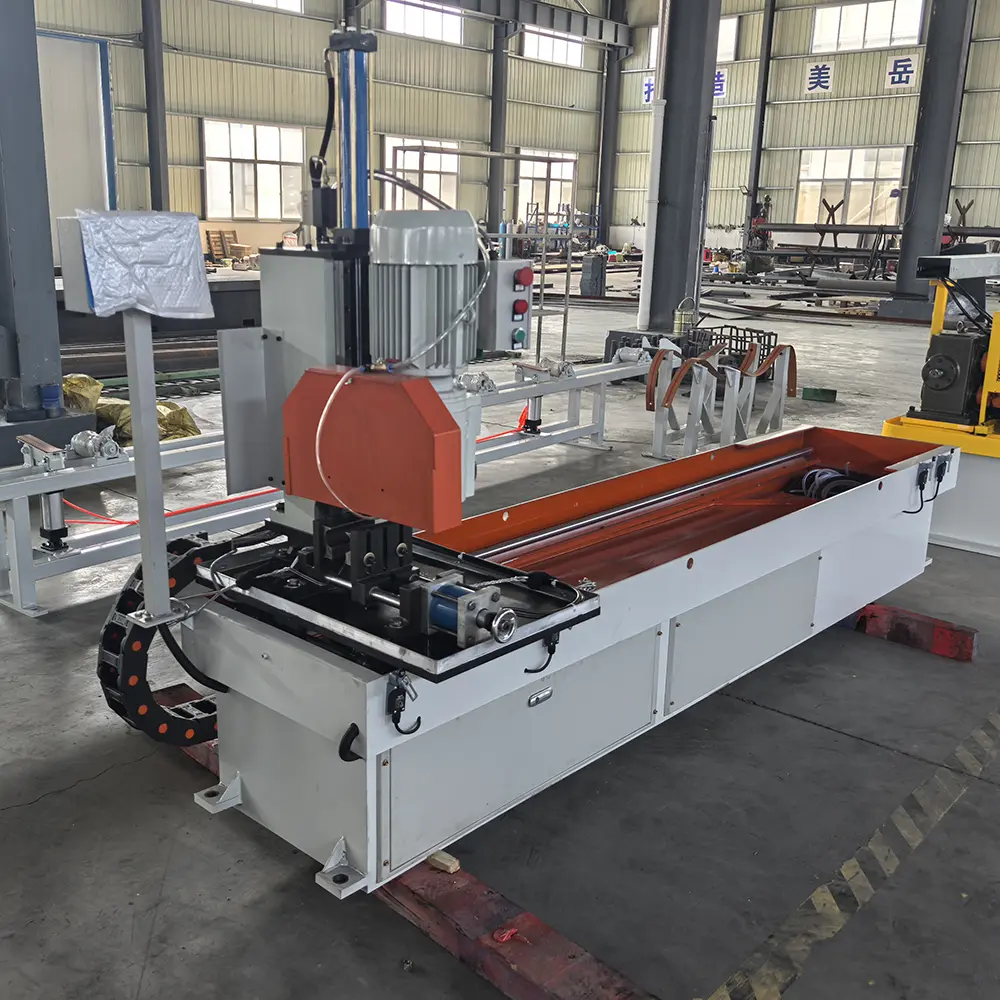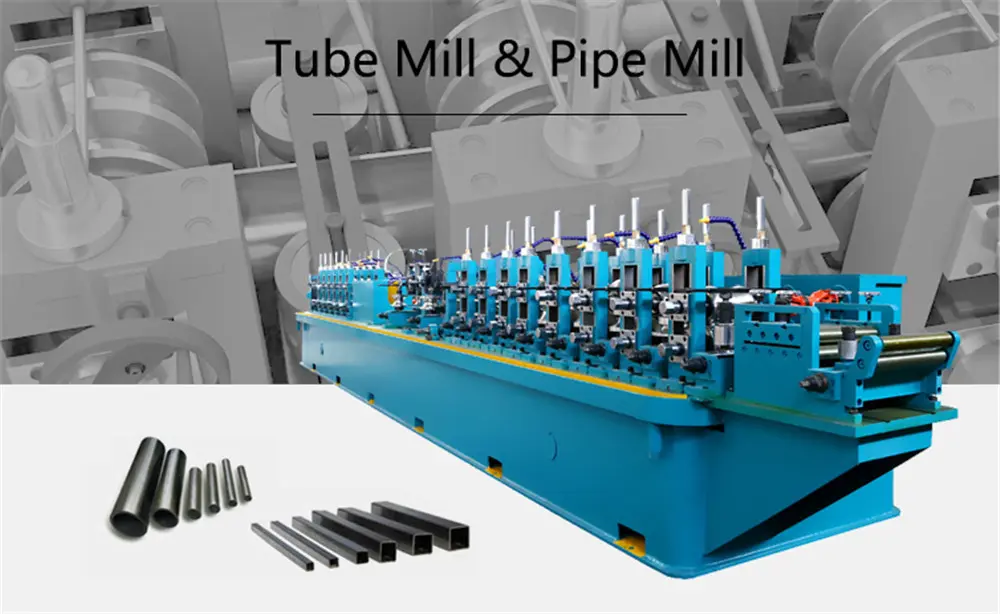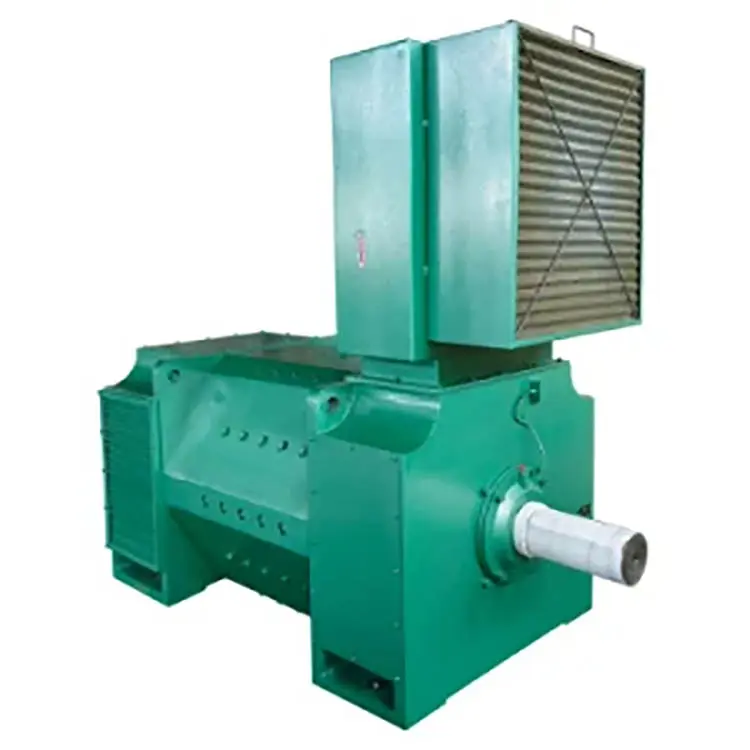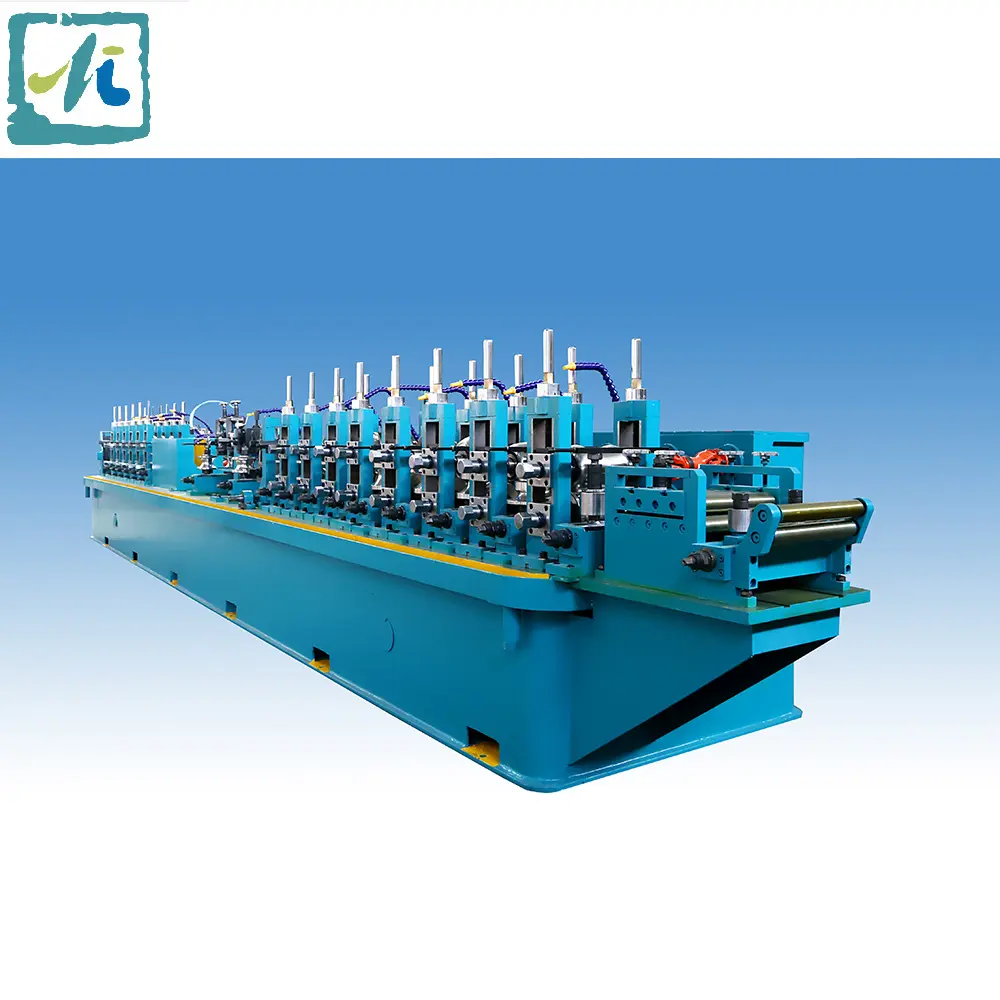400V DC motor: The core driver in the industrial power field
I. Core Structure and Operating Principle of DC Motors
The 400V DC motor is composed of key components such as the stator, rotor, brush device and commutator, forming a precise power system. The stator core is made by laminating 0.5mm silicon steel sheets. Combined with the excitation winding designed for a rated voltage of 400V, it can generate a stable and strong magnetic field. The rotor assembly contains a laminated core that has undergone dynamic balance correction, with a copper armature winding that has been vacuum-impregnated and coated on its surface, ensuring structural stability during high-speed rotation.
The principle of electromagnetic action is reflected in this device as follows: When 400V direct current is introduced into the commutator through the brush, the armature winding generates a continuous rotational torque in the stator magnetic field. The precise fit between the commutator and the brushes enables the automatic switching of the current direction, allowing the rotor to obtain continuous torque. The electromechanical energy conversion efficiency of this kind can reach 85%-93%, far exceeding that of similar AC motor systems.
The brush-commutator system is made of silver-graphite composite materials. The contact pressure is controlled within the range of 0.2-0.25MPa through a precision spring, which not only ensures the stability of current transmission but also keeps the contact loss within 3%. The magnetic circuit design is optimized by finite element analysis, so that the magnetic flux density at a working voltage of 400V is uniformly distributed within the ideal range of 0.8-1.2T.
Ii. Technical Advantages of 400V Voltage level
The selection of the 400V voltage level is based on the medium-voltage equipment standards of the International Electrotechnical Commission (IEC), and this voltage level enables the motor to achieve the best balance between power density and insulation safety. Compared with low-voltage motors, the 400V system can reduce the current at the same power by 60%, significantly reducing line losses and heat generation. For instance, a 10kW motor operates at only 25A at 400V, while a 230V system requires 43A.
In industrial application scenarios, the power characteristic curve demonstrated by 400V DC motors is particularly prominent. The torque fluctuation within its rated speed range does not exceed ±2%, and the speed regulation range can reach 1:20, far exceeding that of the AC variable frequency system. The 400V DC motor equipped with a digital governor has a speed control accuracy of ±0.5rpm, making it particularly suitable for demanding industrial scenarios such as steel rolling mills and precision machine tools.
The comparative test with the AC motor shows that in the continuous working mode, the efficiency curve of the 400V DC motor is more stable, and the efficiency fluctuation in the 75%-100% load range is less than 3%. Its starting torque can reach 300% of the rated value, nearly doubling that of asynchronous motors. It is particularly suitable for heavy-load starting conveying machinery and lifting equipment.
Under the background of Industry 4.0, 400V DC motors are evolving towards intelligence. The new type of motor integrated with the Internet of Things module can monitor the winding temperature, vibration spectrum and insulation status in real time, and transmit the data to the cloud analysis platform via industrial Ethernet. The application of the predictive maintenance system in a certain papermaking enterprise shows that this intelligent transformation has reduced motor downtime due to faults by 65% and lowered maintenance costs by 40%. With breakthroughs in superconducting materials and 3D printed winding technology, the next generation of 400V DC motors is expected to achieve a qualitative leap in power density and efficiency.



